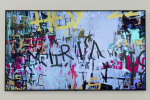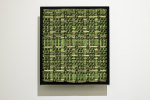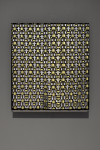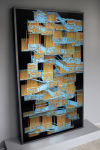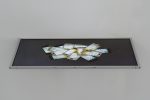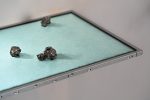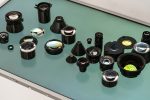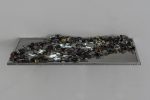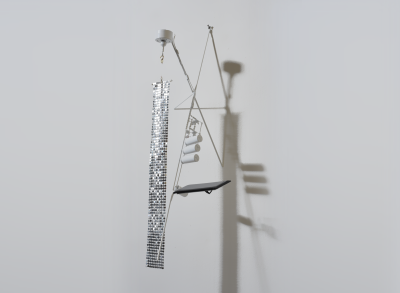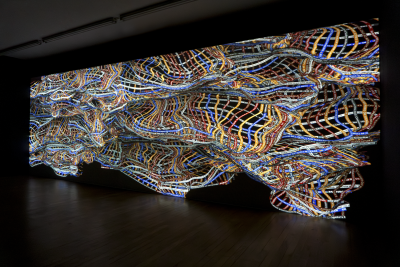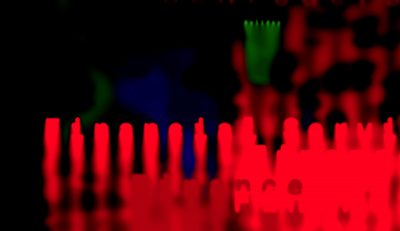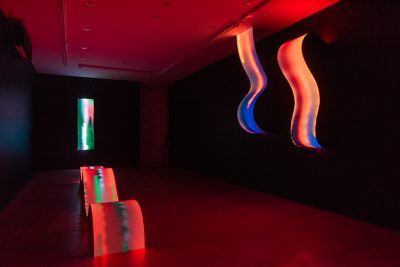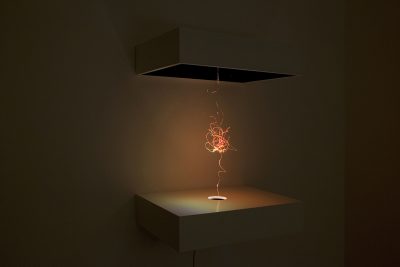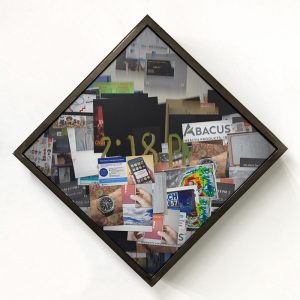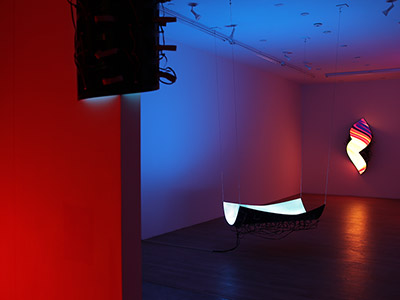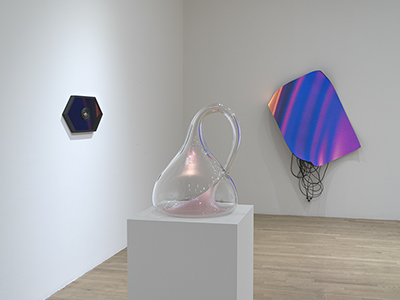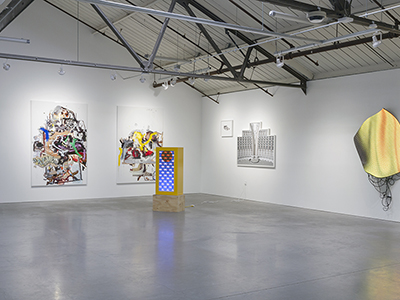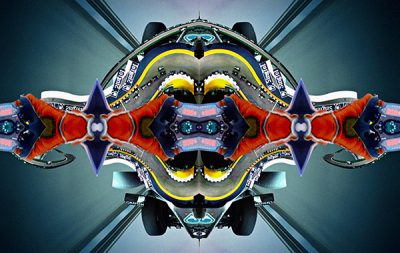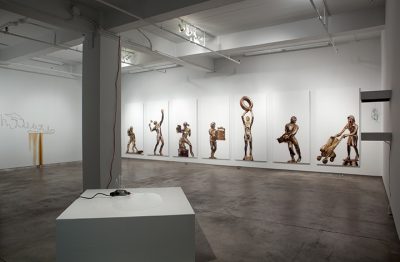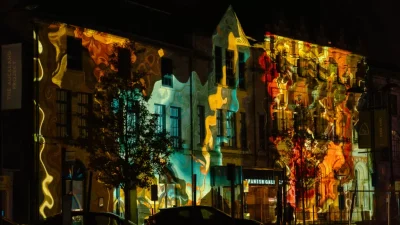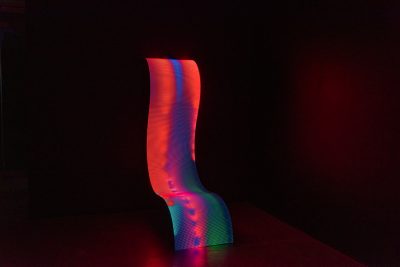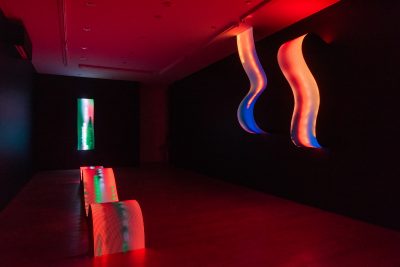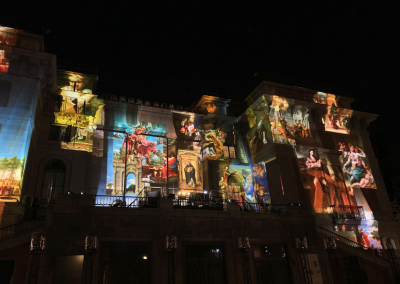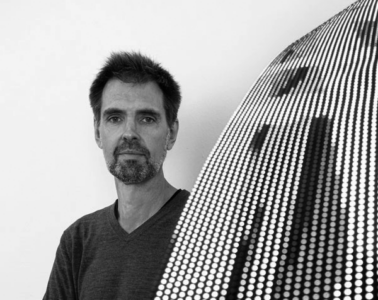
Daniel Canogar is a multidisciplinary artist who works in photography, video, sculpture, and installation. His most recent sculptural installations are constructed with discarded electronic materials: computers, telephones, and electric cables, thousands of burnt-out bulbs, meters of videotape, old slot machines, celluloid, DVDs. Salvaging these materials, Canogar reclaims the discarded technologies from junkyards and recycling centers—veritable cemeteries for consumer electronics—to examine the short life expectancy of consumer electronics that are so readily cast away. This cyclical consumption is indicative of a given society and age, yet hauntingly parallels organic mortality. In much of his work, Canogar seeks to bring dead materials back to life to reanimate the lifeless, reveal previously hidden secrets, and revive collective memory. He holds a MA in photography from New York University and the International Center for Photography, and a BA from Complutense University of Madrid.
Canogar’s large-scale public art installations include Waves, a permanent sculptural installation made with LED tiles for the atrium of 2 Houston Center in Texas; Travesías, a sculptural LED screen commissioned for the atrium of the European Union Council in Brussels during the Spanish Presidency of the European Union in 2010; Constelaciones, the largest photo-mosaic in Europe created for two pedestrian bridges over the Manzanares River, in MRío Park, Madrid; Helix, a permanent LED sculptural screen made for Quantum of the Seas, a Royal Caribbean cruise ship; Nodi, two photo-murals in the Arensa Train Station in Naples; and Clandestinos, a video-projection presented on various emblematic monuments including the Arcos de Lapa in Rio de Janeiro, the Puerta de Alcalá in Madrid, and the church of San Pietro in Montorio in Rome. Solo exhibitions of Canogar’s work include the Sala Verónicas, Murcia; Fundación Telefónica Lima; Bildmuseet Museum of Contemporary Art and Visual Culture in Umeå, Sweden; El Espacio de Arte Contemporáneo (EAC), Montevideo; art ON, Istanbul; and the Museo de Arte Contemporáneo Gas Natural Fenosa, A Coruña.


